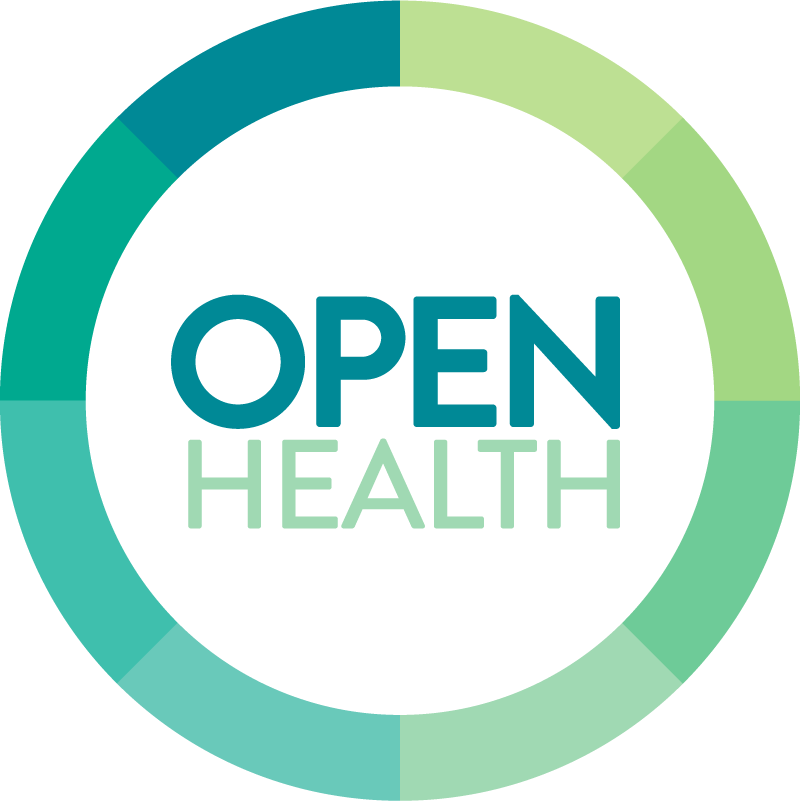You can help.
Suicide Prevention
Happening Now
We hate to think that anyone we know and love might have thoughts of suicide. But the reality is that it spares no group: moments of acute distress find people at all ages and stages of life, every ethnic group and social class, every level of education. Moments come in which otherwise healthy people feel overwhelmed, and have passive thoughts of dying. Most will recover, and the risk will abate. Some will not. Awareness helps, and with it, the impulse to be a healing presence. September is Suicide Prevention Month. Passive suicidal ideation happens when a person has vague thoughts of dying without an immediate plan to kill themselves.
Passive thoughts of suicide and parasuicidal behaviors can be ambiguous, but warrant attention. They may be present when someone engages in pointless risky behavior, abuses drugs, or becomes preoccupied with dark forms of entertainment, with themes of death and violence. What triggers passive suicidal ideation? Chronic pain, either physical or emotional, is a factor. Feeling vulnerable to abuse, feeling overlooked and unheard, abused, unfairly judged, feeling guilty, feeling stuck. Inability to feel pleasure. Passive suicidal ideation is vague: Others would be better off without me. I give up. I don’t care any more.
Vague thoughts of suicide can be a warning sign, and can evolve into active suicidality without dramatic behavior change. Self hatred is present in 25% of people with passive thoughts, but 60% of those with active thoughts of suicide. Human beings need to feel seen and valued, and to find a path to self forgiveness for past mistakes. We all have the capability of providing a moment of emotional support when it is needed. We may not be aware that we are also providing protection against suicidality.
Possible helpful response to vague suicidality: be present, here and now. You don’t have to have easy answers, or to say anything at all. In taking time to be present to another person, we are showing them that their presence matters, and perhaps they are not really as alone as they think. That is the basis of mindfulness meditation practices: we release thoughts of our troubles, and find safety and brief respite in the present moment. We can be that person who can be trusted, who will listen, who is open to seeing your value and reflecting it back. A cup of coffee in a quiet moment can be protective. Helping a person remember their connection to the community, no matter how damaged, is protective. Destigmatizing mental health services can be protective. In this season of uncertainty, let us be on the lookout for opportunities to be that healing presence.
Lynn Schlossberger, LPC





